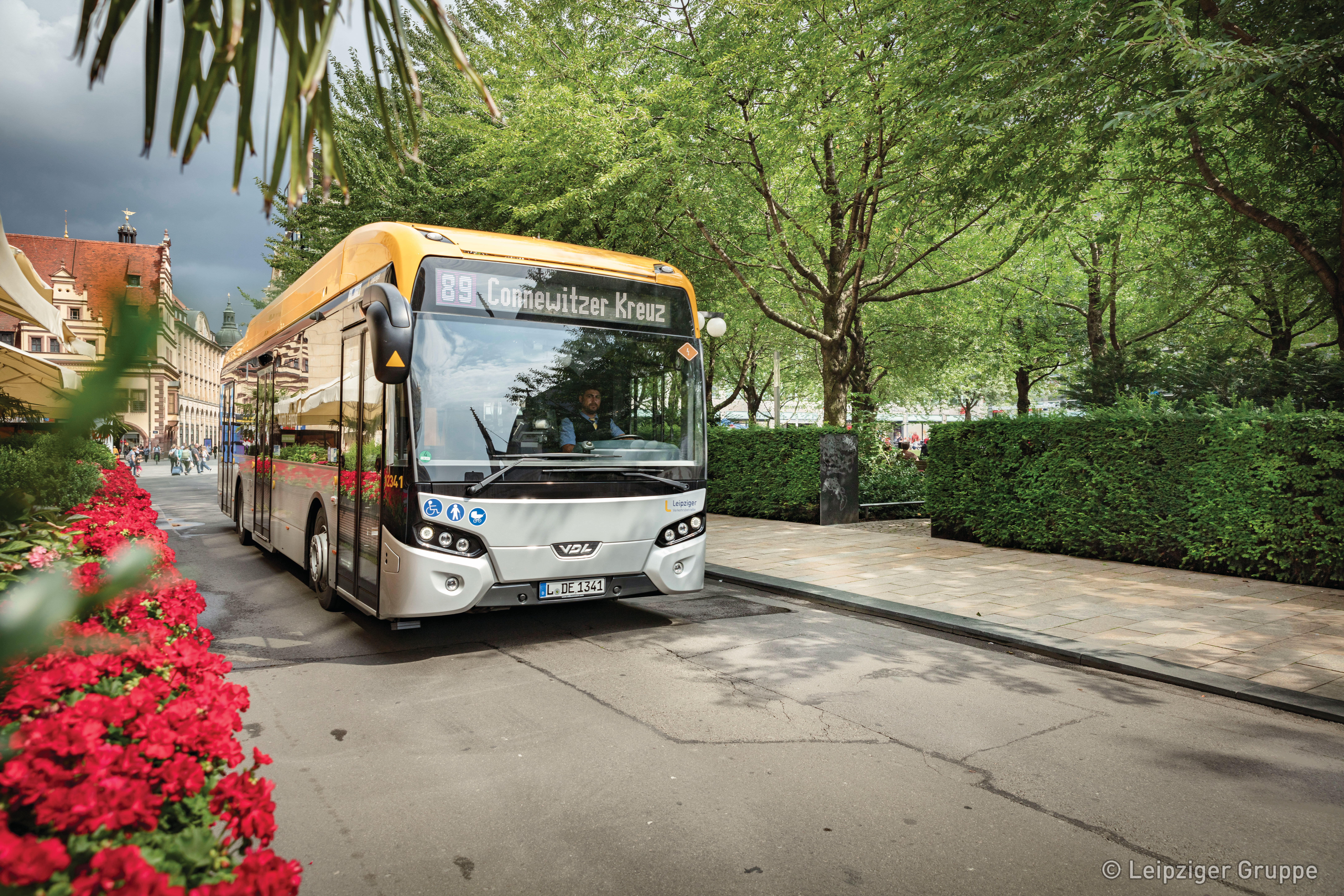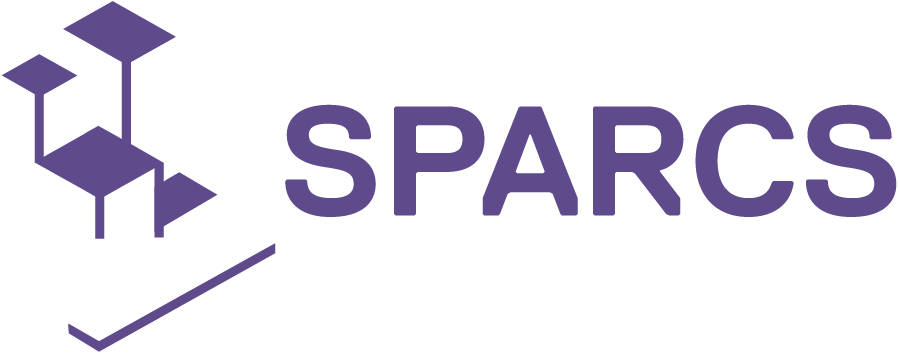Digital, flexible, bidirectional: Leipziger Stadtwerke is developing intelligent charging management system as a basis for the electromobility of the future
Digital, flexible, bidirectional: Leipziger Stadtwerke is developing intelligent charging management system as a basis for the electromobility of the future
Energy and transport revolution go hand in hand. But what this means for energy grids and markets is difficult to predict at the moment. How to optimally coordinate energy demands (charging processes) and generation, especially in the field of e-mobility: This is what Leipziger Stadtwerke is dealing with as part of the SPARCS sub-project for developing Virtual Energy Communities. The aim is to optimise energy flows in order to avoid supply shortages and overload scenarios. For this purpose, Leipziger Stadtwerke is developing and testing an intelligent charging management system that, thanks to its user-friendliness, is also attractive to end customers and should provide many people with easy access to electromobility.
Comprehensive digitalisation of the energy grids and markets is necessary to advance the energy revolution. That’s because the switch to energy from renewable sources is accompanied by a decentralisation of (power) generation facilities. This may lead to uncertainties in the grid and market as both generation and demand are more difficult to predict and compare.
This problem can be solved by systematically combining and automatically transmitting as much data as possible on a central digital platform. It connects producers and consumers into a Virtual Energy Community that coordinates all the plant and consumer data with the aim of optimising energy flows for both the grid and the market.
Alongside other consumers and plants, the area of electromobility plays an elementary role here. This requires integration into the digital energy platform and an intelligent charging management system that works with demand response, bi-directional charging, storage management in the vehicles, etc. when it comes to grid stability.
Leipziger Stadtwerke has already set up the appropriate digital platform. The utility company’s in-house, platform-compatible backend architecture for charging station management and all other platform-controlled functions are currently being implemented.
The e-mobile part of Leipziger Stadtwerke’s company fleet with the associated charging stations have already been connected to the platform. E-buses and charging stations from the affiliated company and SPARCS partner Leipziger Verkehrsbetriebe (LVB) are currently integrated. Four vehicles from line 89 have been fully electric on a trial basis since 31/05/2021, and lines 74 and 76 were added in the summer holidays. All three lines should have been completely converted to electric buses by the end of the year, meaning that a total of 21 electric buses will be in operation in Leipzig. Line 60 should follow in 2022.
Next, Leipziger Stadtwerke will, together with Fraunhofer IAO, optimise charging management for the LVB buses. The aim is to adapt the charging plans to the current conditions in the distribution network in such a way that the available energy is used in the best possible way in terms of time and quantity. Leipziger Stadtwerke is currently trialling how such flexible charging management can work for entire company fleets using their own company vehicles.
The more producers and consumers are connected on such a platform, the greater the benefit because a larger volume of energy can be controlled in a more differentiated way. To get as many participants as possible, the platform should be as simple and user-friendly as possible.
These requirements are met by the Leipziger Stadtwerke’s “Leipziger” app. It makes it possible to use the utility company’s own L-Strom.drive charging tariff, regardless of location. This means that you aren’t limited to recharging your car at work – you can also do it at home, using a rented wallbox for example. Power consumption is detailed in the monthly bill; the costs for this are reimbursed to the user or can be claimed as tax exempt by the user. Leipziger Stadtwerke already does this for its own company cars. A roaming function for when you’re out and about makes it possible to charge at charging stations from third-party providers. Last but not least, it will be possible to use the app to reserve public charging points in the future. This means that conflicts should be avoided at charging stations that were shown as available on the interactive map but are already occupied.

